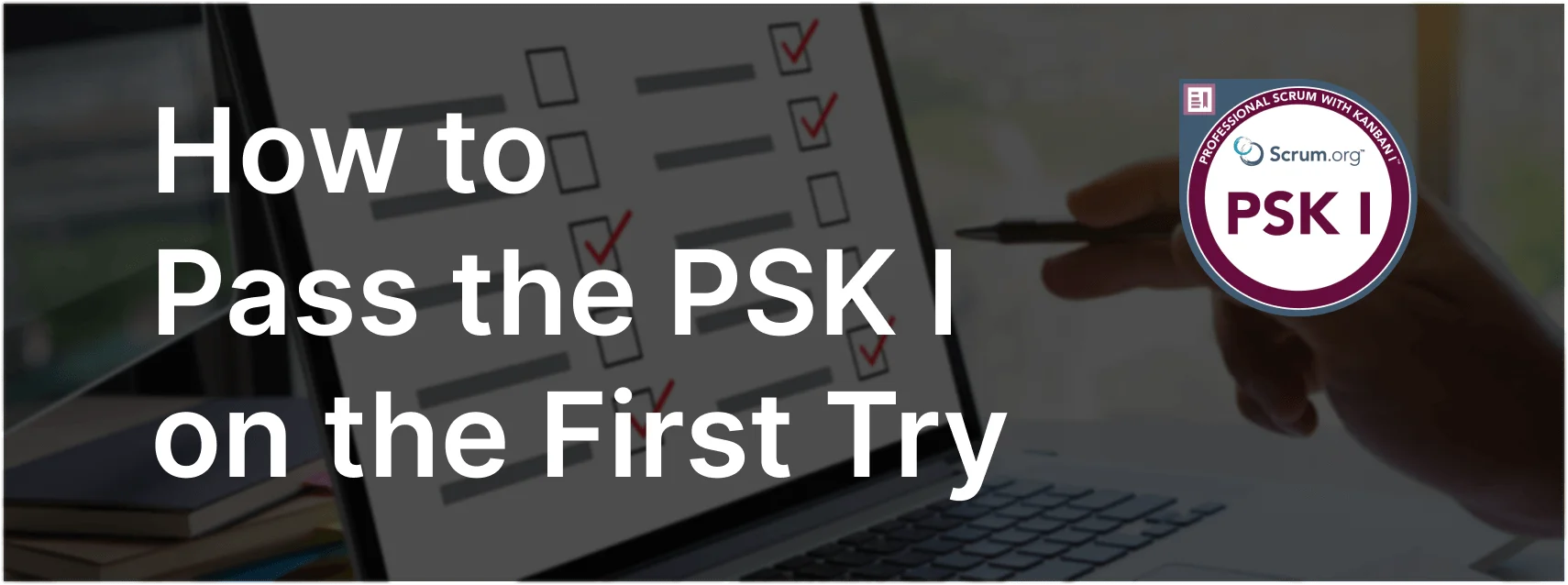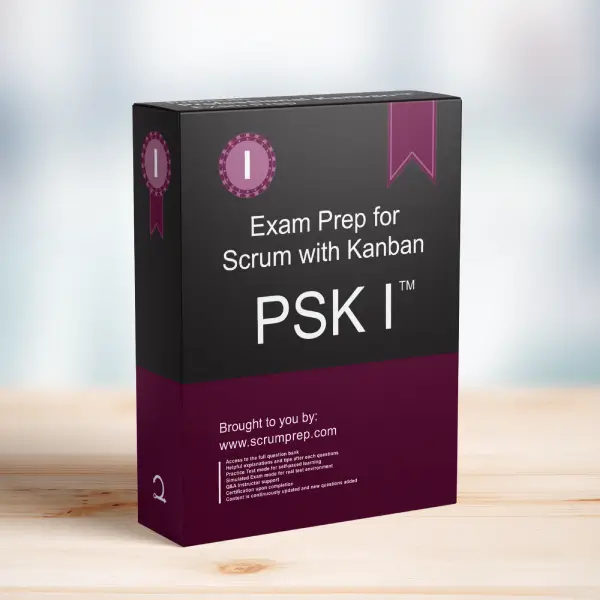Kanban Practices for Scrum
Understanding the integration of Kanban practices within Scrum is crucial for managing workflow and improving efficiency.
Exam Question
Which of the following are Kanban practices for Scrum?
(choose the best answer)
A. Visualizing flow, limiting WIP, actively manage the Work in Progress (WIP), inspecting & adapting the Workflow.
B. Kaizen, remove delays, visualize policies, pull system.
C. Small batches, limit WIP, eliminate waste, Kaizen.
D. Class of service, cost of delay, visualize the workflow, limit WIP, manage flow.
E. T-shirt size estimation, service level expectations, limit WIP.
Correct Answer
A. Visualizing flow, limiting WIP, actively manage the Work in Progress (WIP), inspecting & adapting the Workflow.
Explanation
Correct Answer
A. Visualizing flow, limiting WIP, actively manage the Work in Progress (WIP), inspecting & adapting the Workflow:
These practices align closely with both Kanban and Scrum methodologies. They focus on visualizing the flow of work, limiting the amount of work in progress to prevent bottlenecks, actively managing the workflow, and continuously improving the process through inspection and adaptation.
Why the Other Options Are Less Effective
B. Kaizen, remove delays, visualize policies, pull system:
While these are important aspects of Lean and Kanban, they do not cover all essential practices specifically tailored for integrating Kanban with Scrum.
C. Small batches, limit WIP, eliminate waste, Kaizen:
These principles are more aligned with Lean manufacturing and general Agile practices rather than the specific integration of Kanban within Scrum.
D. Class of service, cost of delay, visualize the workflow, limit WIP, manage flow:
These practices are advanced Kanban techniques, but not all are typically included when integrating Kanban practices specifically within Scrum.
E. T-shirt size estimation, service level expectations, limit WIP:
While limiting WIP is a core Kanban practice, T-shirt size estimation and service level expectations are not central Kanban practices within Scrum.
Importance of Kanban Practices in Scrum
- Visualizing Flow: Helps teams see the progress of work items, identify bottlenecks, and improve transparency.
- Limiting WIP: Prevents the team from taking on too much work at once, ensuring a smooth and manageable flow of work.
- Active Management of WIP: Involves continuously monitoring and adjusting the amount of work in progress to maintain efficiency.
- Inspecting & Adapting Workflow: Ensures continuous improvement by regularly reviewing and refining the workflow based on feedback and performance metrics.
Effective Practices for Integrating Kanban in Scrum
- Visualize the Workflow: Use Kanban boards to make the flow of work visible and easily understandable.
- Limit Work in Progress (WIP): Set WIP limits to prevent overloading the team and ensure steady progress.
- Manage Workflow Actively: Regularly monitor the workflow, adjust WIP limits, and address bottlenecks promptly.
- Continuous Improvement: Inspect and adapt the workflow through regular reviews and retrospectives.
Relevance to the PSK I Exam
Understanding the key Kanban practices for Scrum is essential for the PSK I exam. It demonstrates knowledge of how to integrate Kanban practices to enhance workflow management and efficiency in a Scrum environment.
Key Takeaways
- Visualizing flow, limiting WIP, actively managing WIP, and inspecting and adapting the workflow are core Kanban practices for Scrum.
- These practices help improve transparency, manage workflow efficiently, and ensure continuous improvement.
- Integrating Kanban practices within Scrum enhances the team’s ability to deliver value effectively.
Conclusion
Integrating Kanban practices such as visualizing flow, limiting WIP, actively managing WIP, and inspecting and adapting the workflow helps Scrum teams manage their workflow more effectively and continuously improve their processes. For more information on preparing for the PSK I exam, visit our Professional Kanban PSK I™ Exam Prep.


